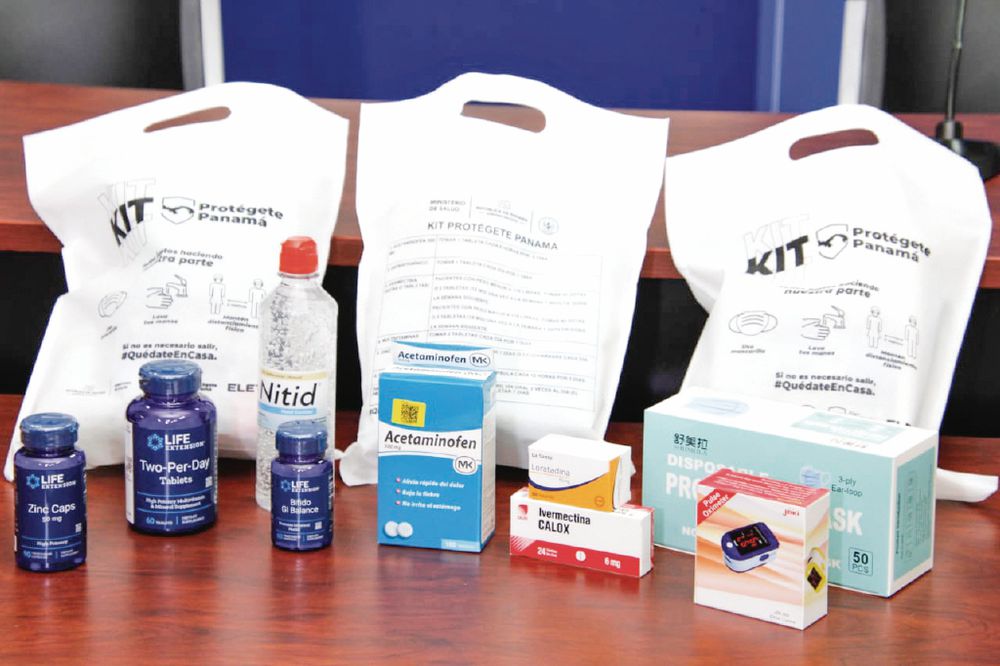HEALTH: Prediabetes signals high risk if something doesn’t change

By Dr. Adrian Vella, (Endocrinology, Mayo Clinic, Rochester)
Prediabetes means that your blood sugar level is higher than normal but not high enough to be considered diabetes. It is a warning sign that if you don’t make changes, the condition may eventually progress to diabetes.
But those changes typically don’t include taking medication. Instead, lifestyle changes, such as improving your diet, losing weight and exercising regularly, may lower your blood sugar to a healthy level.
Diabetes happens when you have too much sugar, also called glucose, in your blood. This comes from what you eat, but during the fasting state it is released by the liver into the circulation to keep levels constant. The hormone insulin, which is made in the pancreas, is sent into your blood continuously but increases significantly after you eat. The insulin moves through your blood and works like a key, allowing the sugar from your food to enter your cells. As the sugar goes into your cells, the amount of sugar in your blood goes down. It also “puts the brakes” on the liver to prevent too much glucose release during fasting and after meals.
When you have diabetes, this process doesn’t work the way it should. Sugar then accumulates in your blood.
There are several kinds of diabetes, the most common being Type 2 diabetes. It develops when your body cannot make enough insulin to keep your blood sugar at a healthy level or when your body’s cells become resistant to insulin.
Your health care provider can diagnose diabetes using several different tests. One of the most common is the fasting blood glucose test, in which a sample of your blood is taken after you have not eaten for at least eight hours. The test analyzes how much glucose is in your blood.
A normal glucose level range is 70 and 100 milligrams per deciliter, or mg/dL. You have diabetes when glucose is consistently above 126 mg/dL. Prediabetes is when your fasting blood sugar is between 101 to 125 mg/dL.
Being in the prediabetes range signals that you are at high risk of developing diabetes if something doesn’t change. The exact cause is not known, but excess fat — especially abdominal fat — and inactivity seem to be important factors in the development of prediabetes. In addition, the risk for diabetes goes up as you get older, especially after age 45. You can’t do anything about your age, but you can make other changes to lower your risk. Studies have found that diet and exercise are the most effective treatments for combating prediabetes and preventing its progression to diabetes.
Being sedentary can raise your diabetes risk, even if you don’t carry excess weight. Make regular exercise a priority. It doesn’t have to be a strenuous workout. A brisk walk, a bike ride, an afternoon spent gardening — anything that gets you moving helps. Aim for 30 minutes of moderate exercise each day. If you can’t fit it in all at once, try several 10-minute sessions throughout the day. If you choose an activity that you enjoy, you’re more likely to stick with it. The availability of step counters — even those on smartphones — can help you keep track of your activity. You should aim for about 10,000 steps per day.
When it comes to diet, concentrate on foods lower in fat and calories and higher in fiber. Focus on eating fruits, vegetables and whole grains. If you aren’t sure what’s right for you, consider meeting with a dietitian to review your diet and help you make changes. There are numerous apps and online platforms that can help you track your food intake.
Finally, have your blood sugar checked on at least an annual basis so you know if you are making progress. Talk to your health care provider about how often you need your blood sugar tested. In many cases, blood sugar that falls in the prediabetes range can be successfully controlled without medication.
…





